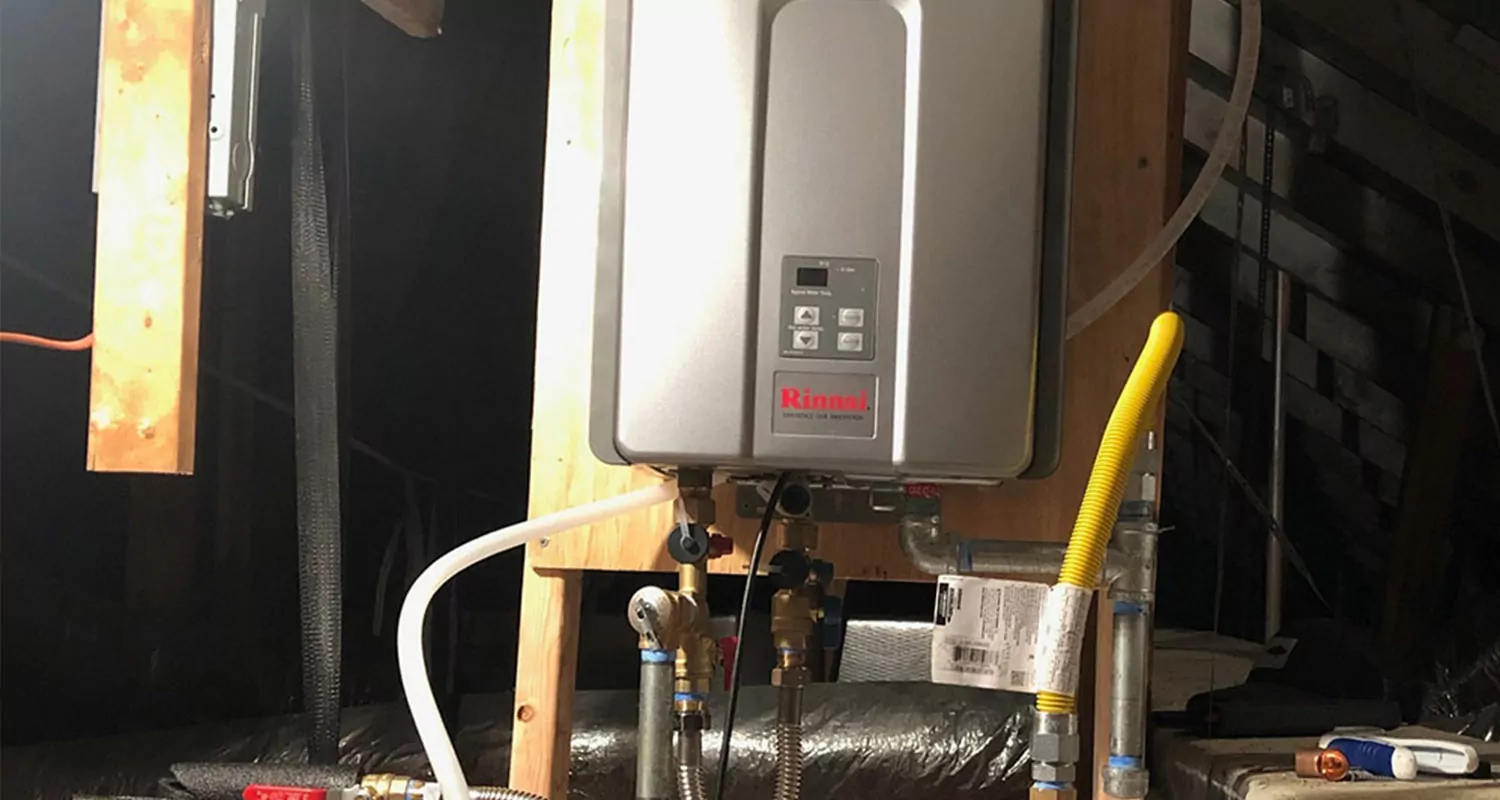Steps to Properly Maintain Your Home's Hot Water SystemWays to Effectively Care for Your Home's Hot Water System
Steps to Properly Maintain Your Home's Hot Water SystemWays to Effectively Care for Your Home's Hot Water System
Blog Article
This article further down about Tips on Maintaining a Water Heater is seriously fascinating. Don't miss out on it.

Warm water is crucial for day-to-day convenience, whether it's for a refreshing shower or washing recipes. To ensure your warm water system runs effectively and lasts much longer, routine maintenance is vital. This post provides functional suggestions and understandings on how to preserve your home's hot water system to avoid disturbances and expensive repairs.
Introduction
Keeping your home's hot water system could appear difficult, yet with a couple of simple actions, you can ensure it runs smoothly for several years to come. This overview covers whatever from understanding your warm water system to do it yourself maintenance tips and understanding when to hire specialist assistance.
Significance of Keeping Your Hot Water System
Normal maintenance not just extends the life expectancy of your hot water system but additionally ensures it runs efficiently. Disregarding maintenance can bring about decreased performance, higher power bills, and also early failure of the system.
Indications Your Warm Water System Requirements Upkeep
Knowing when your hot water system requires attention can stop significant issues. Watch out for signs such as inconsistent water temperature level, unusual sounds from the heater, or rustic water.
Recognizing Your Hot Water System
Before diving right into maintenance tasks, it's handy to understand the standard components of your warm water system. Commonly, this includes the hot water heater itself, pipelines, anode rods, and temperature controls.
Month-to-month Maintenance Tasks
Routine month-to-month checks can aid catch minor concerns prior to they escalate.
Purging the Hot Water Heater
Flushing your water heater eliminates debris build-up, improving effectiveness and lengthening its life.
Monitoring and Changing Anode Rods
Anode poles prevent rust inside the container. Evaluating and replacing them when worn out is important.
Evaluating and Readjusting Temperature Settings
Changing the temperature level setups ensures ideal performance and security.
Do It Yourself Tips for Upkeep
You can perform several maintenance tasks yourself to maintain your warm water system in leading condition.
Checking for Leaks
Routinely examine pipes and connections for leakages, as these can cause water damages and greater costs.
Examining Stress Alleviation Valves
Examining the stress relief valve ensures it functions correctly and prevents excessive pressure build-up.
Shielding Pipelines
Protecting warm water pipelines lowers warmth loss and can conserve power.
When to Call a Specialist
While do it yourself upkeep is helpful, some issues require professional proficiency.
Complex Issues Calling For Specialist Aid
Instances include major leaks, electrical troubles, or if your hot water heater is continually underperforming.
Regular Expert Maintenance Benefits
Professional upkeep can include comprehensive inspections, tune-ups, and making certain conformity with security standards.
Conclusion
Normal upkeep of your home's hot water system is important for efficiency, long life, and cost financial savings. By adhering to these suggestions and knowing when to look for expert assistance, you can ensure a reliable supply of warm water without unforeseen disruptions.
How to Maintain an Instant Hot Water Heater
Before tinkering with your hot water heater, make sure that it’s not powered on. You also have to turn off the main circuit breaker and shut off the main gas line to prevent accidents. Also turn off the water valves connected to your unit to prevent water from flowing into and out of the appliance. 2. When you’re done, you have to detach the purge valves’ caps. These look like the letter “T” and are situated on either side of the water valves. Doing so will release any pressure that has accumulated inside the valves while at the same time avoid hot water from shooting out and burning your skin. 3. When the purge valves’ caps are removed, you have to connect your hosing lines to the valves. Your unit should have come with three hoses but if it didn’t, you can purchase these things from any hardware or home repair shops. You can also get them from retail stores that sell water heating systems. Read the user’s manual and follow it to complete this task properly. When the hosing lines are connected, open the purge port’s valves. 4. You should never use harsh chemical cleaners or solutions when cleaning your unit. Make use of white vinegar instead. It should be undiluted and you’ll probably use about 2 gallons. 5. Now flush your water heater. This task should probably take about 40 minutes. We can’t give you specific directions for this because the procedure is carried out depending on the type, model and brand of your heater. With that being said, refer to the user’s manual. 6. When you’re done draining the unit, you have to turn off the purge port valves again. Remove the hosing lines that you earlier installed on each of the water valves. Put the valve caps (purge port) back in their respective places and be very careful so as not to damage the rubber discs that are found inside these caps. 7. Now that everything’s back in place, check your user’s manual again to find out how to reactivate your water heating system. 8. Once it is working, turn one of your hot water faucets on just to let air pass through the heater’s water supply pipes. Leave the tap on until water flows smoothly out of it. https://www.orrplumbing.com/blog/2014/september/how-to-maintain-an-instant-hot-water-heater/

I'm just very serious about Water Heater Maintenance Tips You Can't Afford to Forget and I'm hoping you liked the new piece. Sharing is good. Who knows, you may just be helping someone out. Thanks for being here. Kindly stop by our site back soon.
Click Report this page